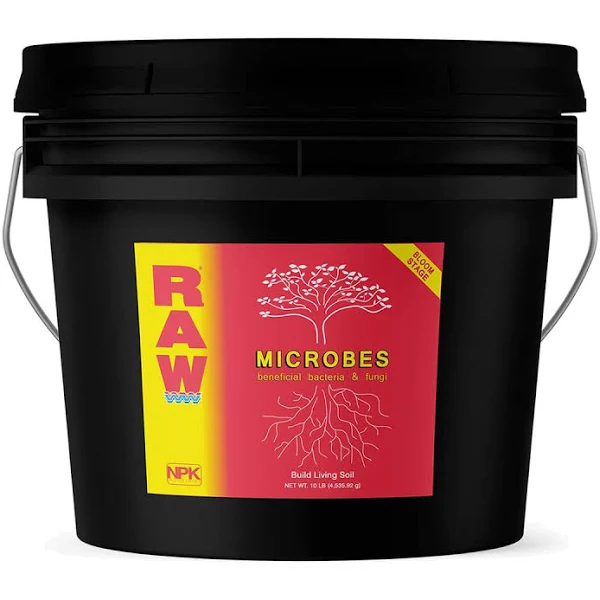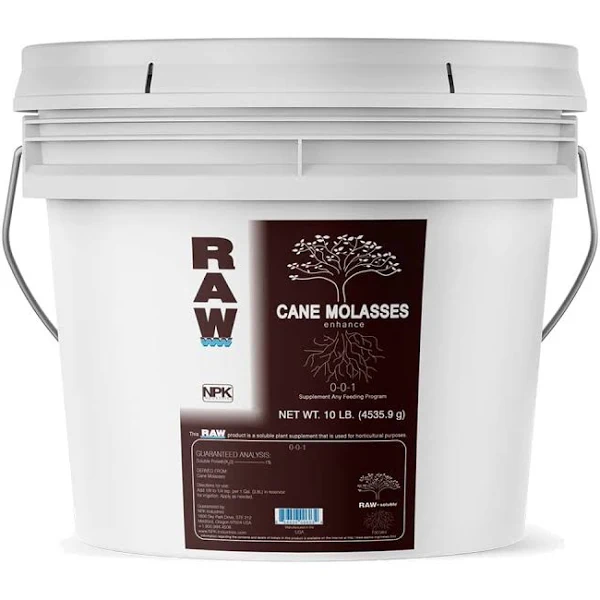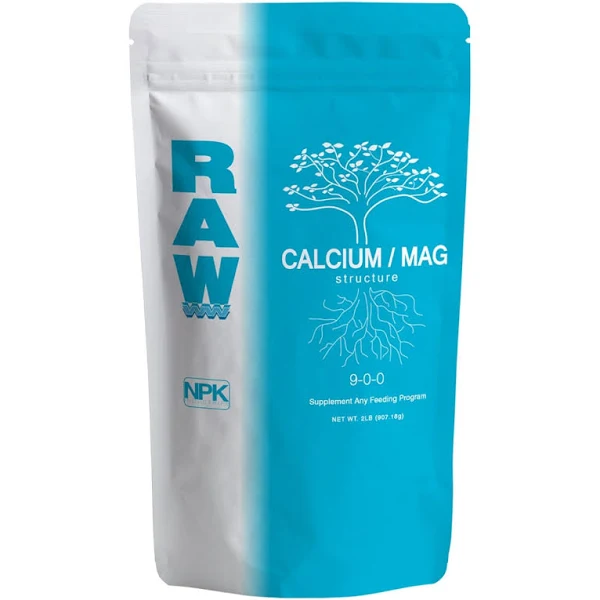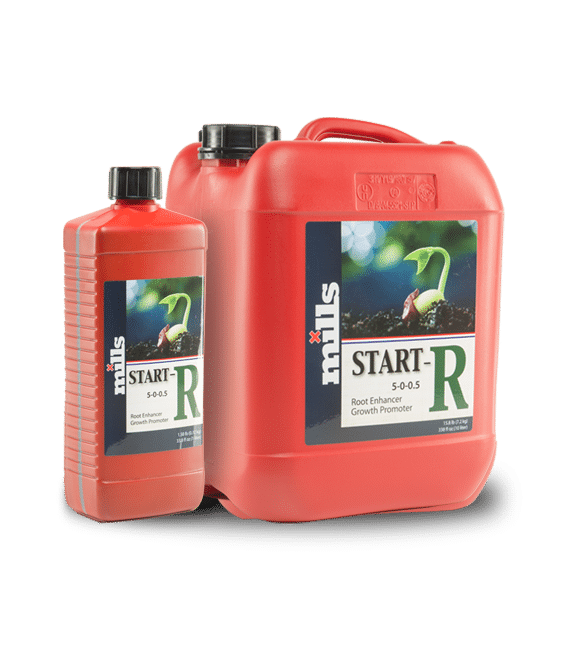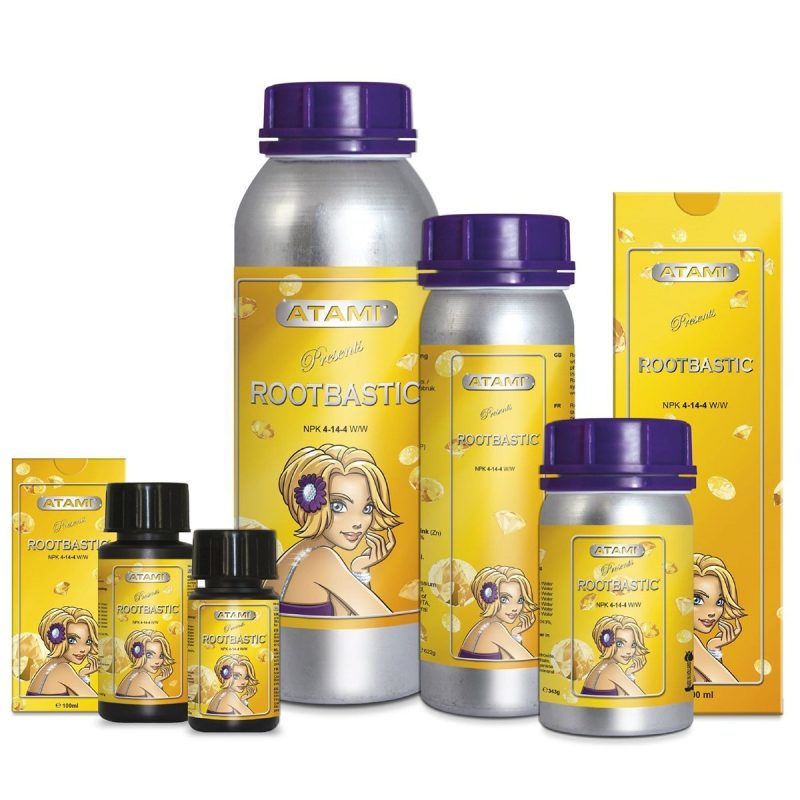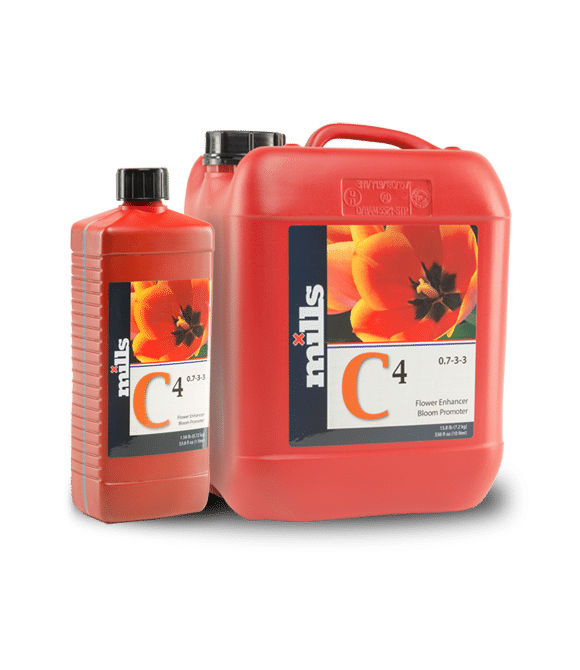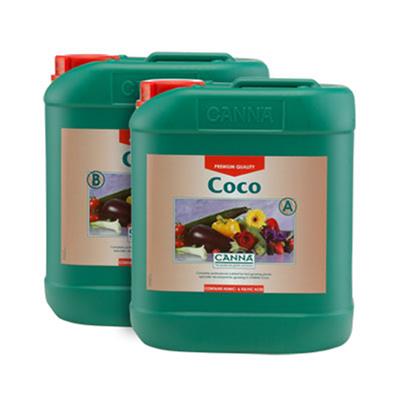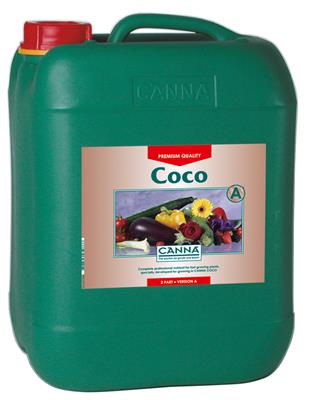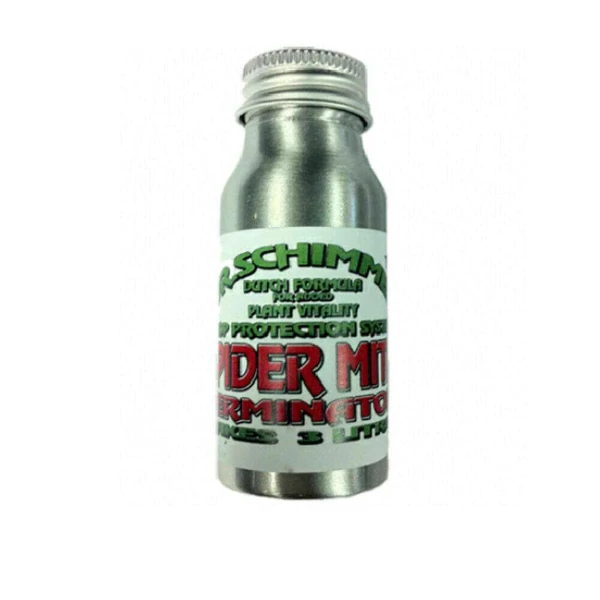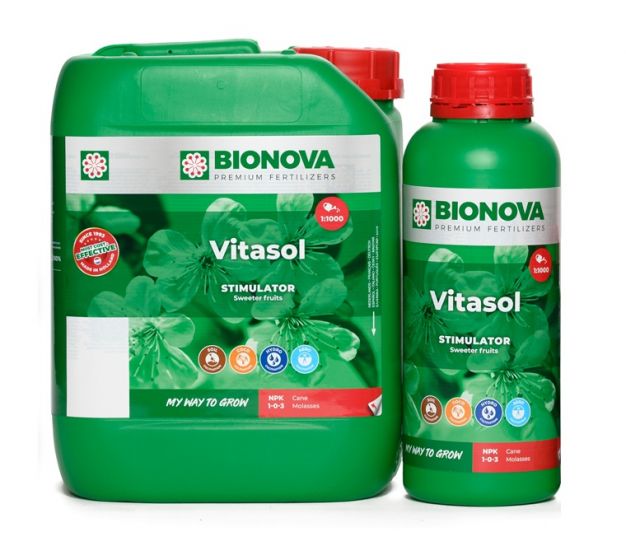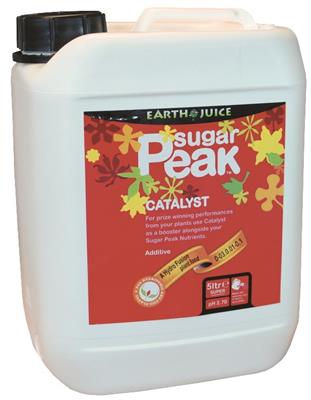Description
RAW Soluble Calcium Magnesium: Essential Macro Elements
RAW Calcium/Mag contains 15% calcium and 3% magnesium. RAW Calcium/Mag has optimised the ratio of each element in a Water soluble formulation of calcium nitrate and magnesium sulphate so that it doesn’t leave the media salty. This product is a stand alone Calcium / Mag supplement. Due to its low dilution rates a little RAW Calcium / Mag goes a long ways. Its also ideal for preventing deficiencies, treating deficiencies and for creating optimal recipe solutions. Works in conjunction with all nutrient and feeding programs.
With all of the emphasis on N-P-K in agriculture, calcium and magnesium are sometimes overlooked. RAW Calcium magnesium are essential macro-elements, used in relatively large quantities. In fact, plants take up more calcium than phosphorus! Calcium is sometimes combined with magnesium, since calcium can act as a buffer for magnesium uptake, helping to prevent toxic levels of magnesium from being taken up by the plant.
Calcium is an immobile element. In other words, once it is locked up in the plant tissue, it can ‘t be translocated to other parts of the plant. So a calcium deficiency normally shows up in the new growth at the growing tips of the plant, causing deformed leaves and reduced root growth. Anything that interrupts the flow of water in the plant could cause a calcium deficiency. For example, if relative humidity is too high, the plant won’t transpire as much water so calcium may not make it to all of the cells of the plant. As a result, calcium deficiency may show up as tip burn in lettuce or blossom end rot in tomatoes.
Calcium nitrate is one of the few sources of water soluble calcium fertiliser. It is 98% water soluble and immediately available to the plant. Most hydroponic nutrient formulas have at least two parts: Part A and Part B. The Part A has all of the calcium nitrate, and the Part B contains the phosphates and sulphates. For example, if concentrated calcium nitrate is added to concentrated magnesium sulphate, the calcium could react with the sulphate to create insoluble calcium sulphate. The result would be gypsum, which is 98% water insoluble. The calcium would be locked up and unavailable to the plant, as well as the sulphur. So when using both calcium nitrate and magnesium sulphate, make sure that they are combined in complete diluted form! Magnesium is a mobile element. In other words, if there is a magnesium deficiency the plants will take magnesium out of the lower leaves and transport it to the new growth where it is needed the most.
Magnesium: The Central Element in Chlorophyll
So magnesium deficiency shows up first as interveinal chlorosis on the oldest bottom leaves. Magnesium is the central element in chlorophyll, and it is actually the magnesium that makes plants green. So if there is a magnesium deficiency, the veins stay green but the tissue between the veins turn yellow. Magnesium sulphate is water soluble, and it is the main source of magnesium used in most hydroponic fertilisers. It can be used at the roots or as a foliar spray, and plants will respond quickly if magnesium sulphate is used to correct a nutrient deficiency. Magnesium sulphate is commonly available as Epsom salts, but some of the common brands contain fragrances and other impurities. Whenever possible, use the pure, technical grade magnesium sulphate in hydroponic applications.
A little extra magnesium can also be helpful during fruiting and flowering. Bloom and boost formulas are usually higher in phosphorus to provide extra energy in the form of ATP, but magnesium orients the ATP molecules so that the phosphate bonds can be cleaved. Magnesium also activates many enzymes that can perform thousands of chemical reactions per second! Therefore, magnesium sulphate can intensify the effect of high-energy phosphates in hydroponic vegetable production.
Moderation Recommended
As always, moderation is always recommended when using additives. Start with very low dosages, see how the plants respond, and add more if necessary. Since magnesium is easily taken up and transported, it could quickly become toxic to the plant if too much is added. Conversely, too much potassium could show up in the plant as a magnesium deficiency. When mixed together in just the right proportions, however, potassium, calcium and magnesium can help the plant reach its true genetic potential!
Directions for Use
Add 1/16 to 1/8 tsp. per gallon in reservoir for irrigation. Apply as needed.
